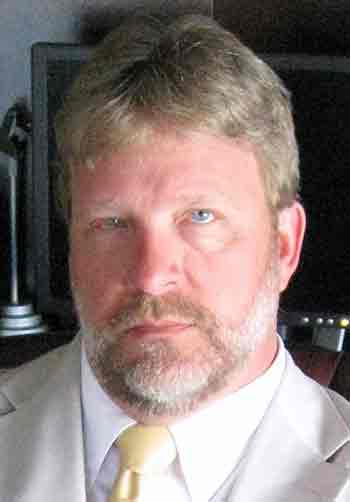Lighting Retrofit Focuses On Daylight, Energy Efficiency
At a call center in Cincinnati, new lighting technology offered an opportunity for long-term improvement in both energy efficiency and occupant satisfaction.
When planning a lighting retrofit for call center space outside of Cincinnati, Ohio, Mark O’Leary saw the opportunity to install an energy efficient system that would take advantage of abundant daylight in the space as well as current lighting technology. His idea was to maximize energy savings and sustainability over the life of the installation.
 Mark O'Leary, director of project management and design, CDK Global
Mark O'Leary, director of project management and design, CDK GlobalBut first O’Leary, the director of project management and design for CDK Global, had to overcome an obstacle familiar to facility managers: cost.
The project involved six floors totaling 120,000 square feet of space in two adjacent buildings. Most of the space is open plan, with meeting rooms and a handful of private offices in the core. Daylight harvesting was a key element of the plan. “The whole perimeter of the building has extensive glazing,” O’Leary says. “So you’ve got maximum opportunity for natural light to flood the interior of the tenant space.”
O’Leary also wanted to take advantage of LEDs and dimming controls.
With a ten-year lease, the return on investment justified the more efficient system, O’Leary saw.
A utility rebate mitigated the cost premium for the LED fixtures, but the price tag for the installation was still somewhat higher than the budget. “I had to lobby to do it,” O’Leary says. “But I know I would have been kicking myself if I didn’t do it.” In the end, CDK Global installed dimmable LED 2x4 direct-indirect lay-in fixtures along with the daylight harvesting system.
There have been no complaints about the daylight harvesting system from the associates who work in the space. “The changes are invisible to the end user,” he says. “In fact, the changes are invisible to people who know the system is there.”
O’Leary says that it’s worthwhile for facility managers to take a hard look at the return on investment of very energy efficient designs when considering lighting retrofit options. It’s an opportunity to make a long-term improvement to a space, he says, and in today’s climate, there’s a good chance for getting the project approved.
Related Topics:















